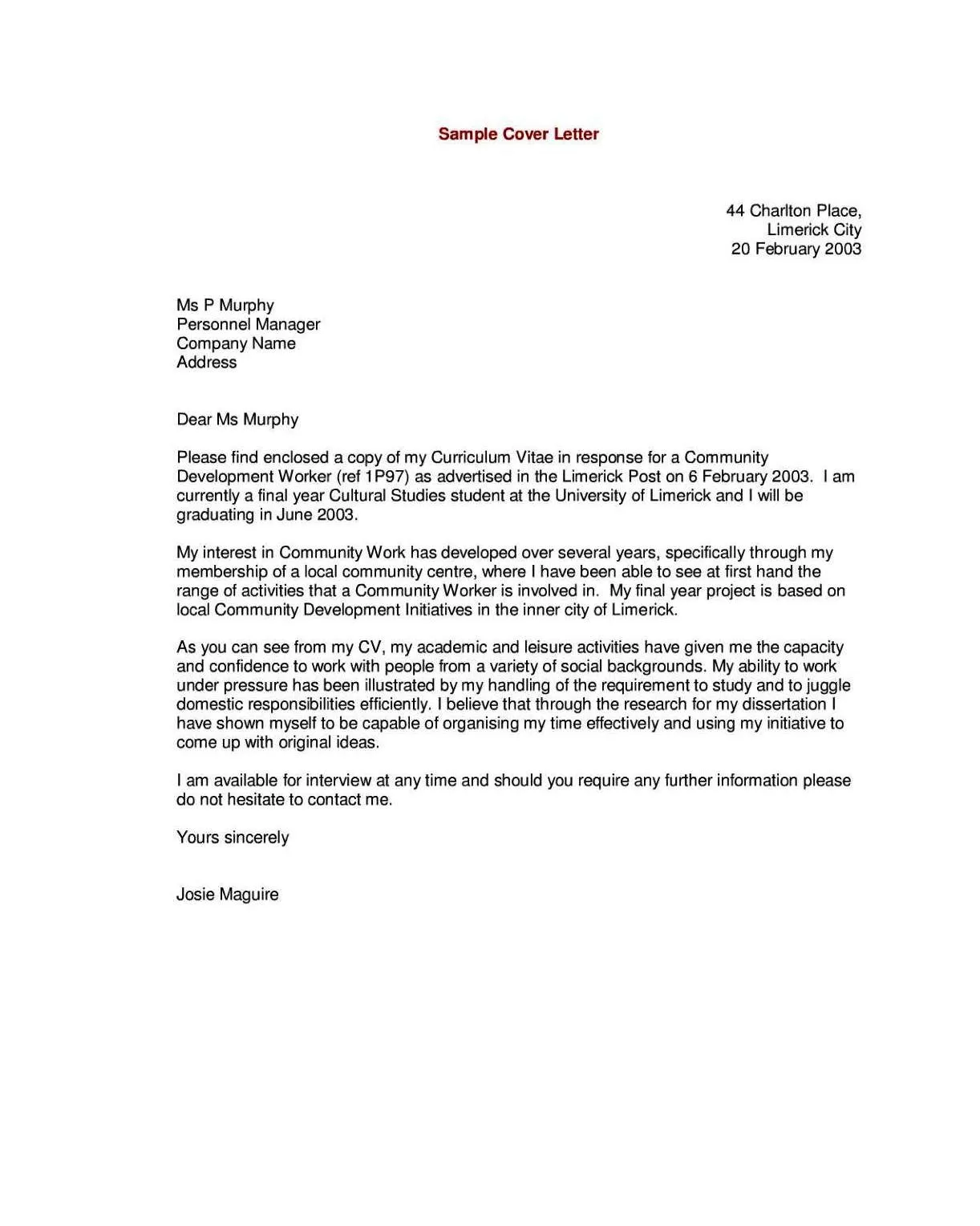What is a Cover Letter?
A cover letter is a crucial document that accompanies your resume when you apply for a job. It serves as your introduction to the hiring manager, providing a more personal and detailed overview of your qualifications, skills, and why you are a perfect fit for the role and the company. Think of it as your opportunity to make a strong first impression and showcase your personality and enthusiasm. It should be tailored to each specific job application, demonstrating your genuine interest and understanding of the position.
Why is a Cover Letter Important?
In today’s competitive job market, a cover letter is more important than ever. While your resume provides a snapshot of your experience and skills, the cover letter allows you to elaborate on these points and connect them to the specific requirements of the job. It helps you to highlight your key accomplishments, explain any gaps in your employment history, and demonstrate your communication skills. A well-written cover letter can significantly increase your chances of getting an interview, as it shows the hiring manager that you have taken the time and effort to understand the role and tailor your application accordingly.
How a Cover Letter Boosts Your Application
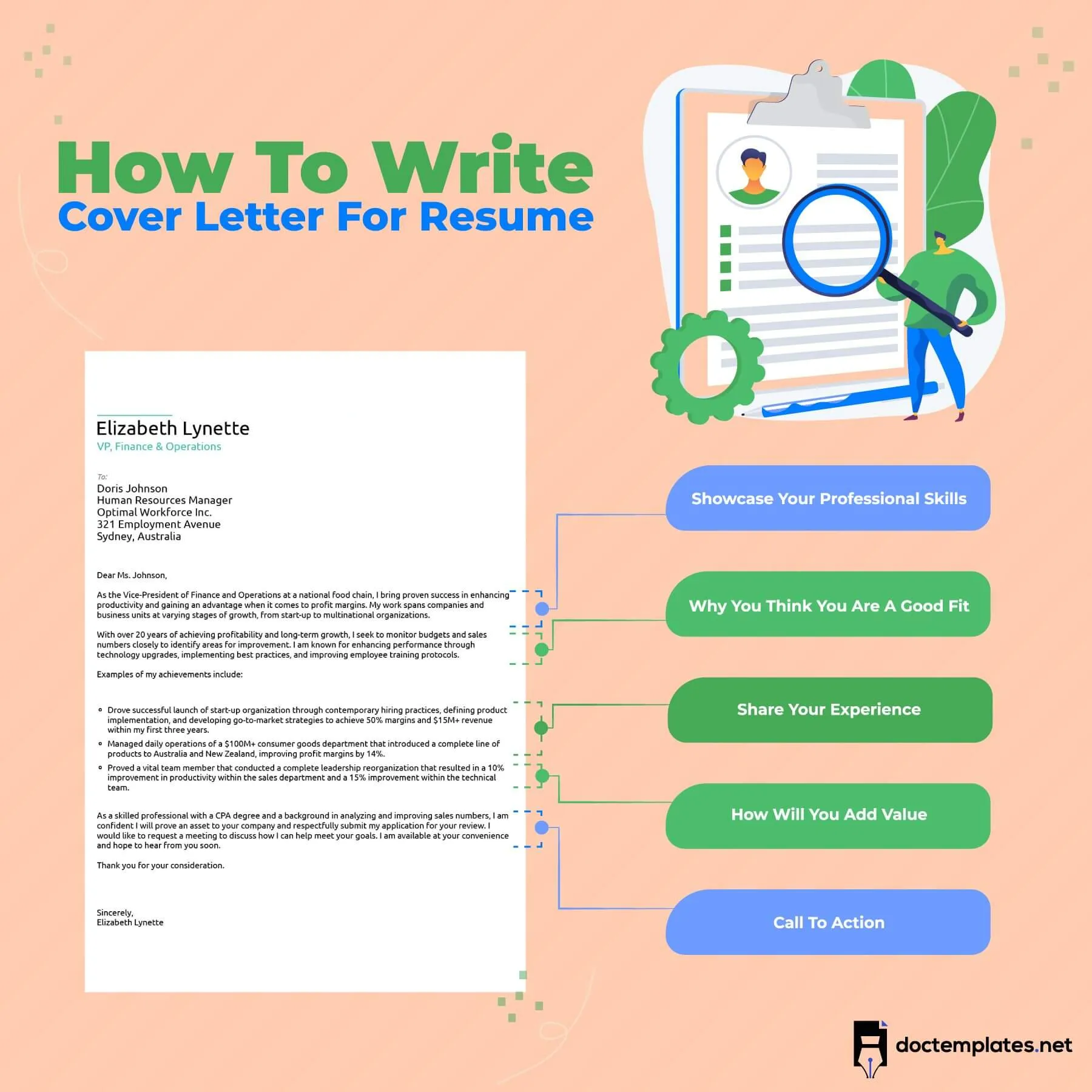
A well-crafted cover letter can significantly boost your application in several ways. Firstly, it allows you to go beyond the bullet points of your resume and provide context to your experiences. You can explain how your skills and experiences align with the job requirements and how you can contribute to the company’s success. Secondly, it gives you the opportunity to showcase your personality and enthusiasm for the role. This can help you stand out from other applicants who may have similar qualifications. Thirdly, a cover letter demonstrates your communication skills, which are essential in almost every job. A clear, concise, and engaging cover letter can make a positive impression on the hiring manager and encourage them to read your resume more closely.
Cover Letter Essentials
Contact Information and Date
Start your cover letter with your contact information, including your name, address, phone number, and email address. Include the date below your contact information. This provides the hiring manager with a convenient way to contact you. Ensure your email address is professional and appropriate for job applications. Using a professional email address is crucial; avoid using nicknames or unprofessional phrases. Make sure that the date is clearly formatted.
The Salutation: How to Greet the Hiring Manager
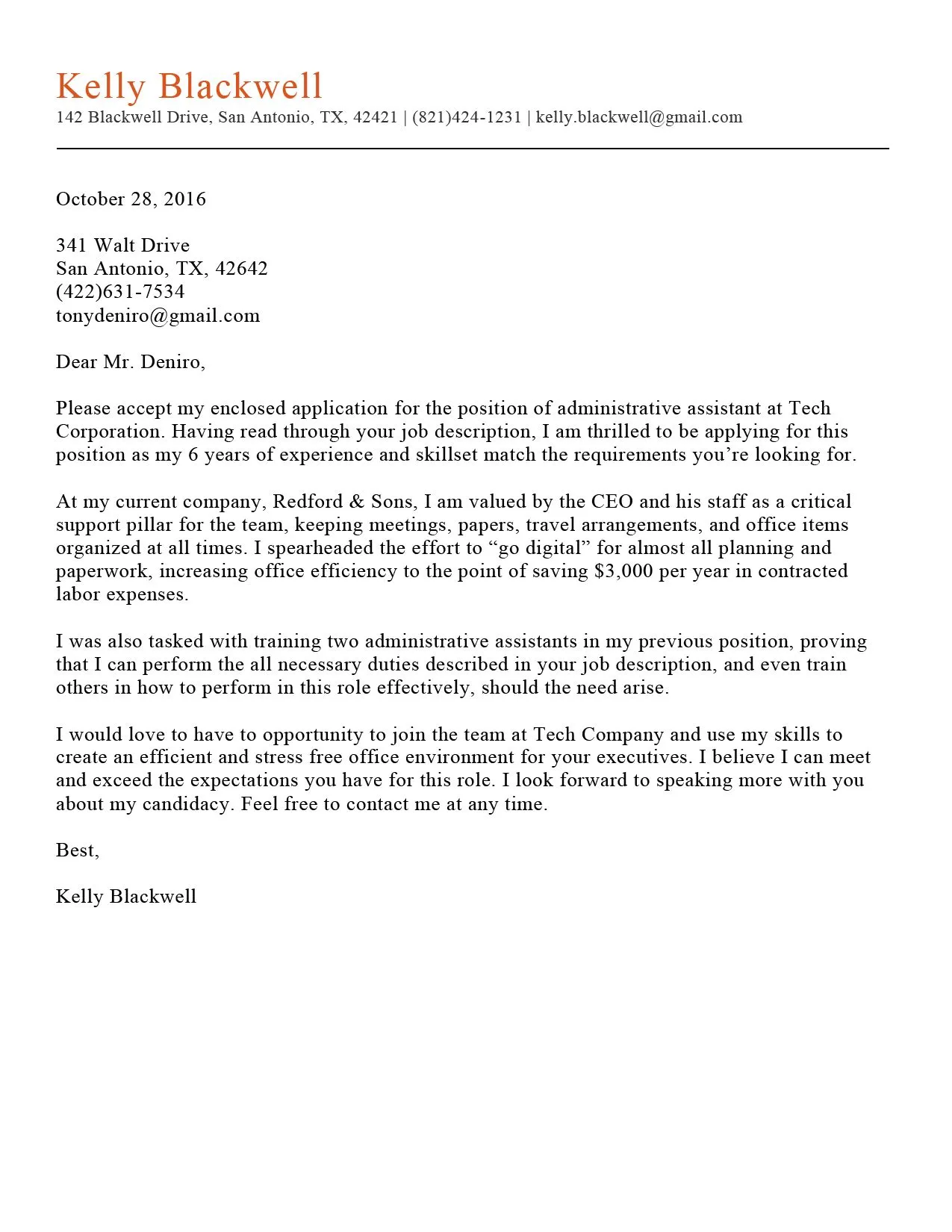
The salutation is your first chance to make a positive impression. Whenever possible, address the hiring manager by name. Research the hiring manager’s name on LinkedIn or the company website. If you cannot find a name, use a professional greeting such as “Dear Hiring Manager” or “Dear [Company Name] Team”. Avoid generic greetings like “To Whom It May Concern,” as they can make your letter feel impersonal. Using the hiring manager’s name can help to personalize the letter and show that you have taken the time to research the company and the role.
Body Paragraph 1: Grab Their Attention
The first paragraph of your cover letter is your hook. It should immediately capture the hiring manager’s attention and make them want to read more. State the position you are applying for and how you learned about it. You can briefly mention why you are interested in the role and the company. Consider including a key achievement or skill that aligns with the job requirements to make a strong opening statement. Make sure that the first paragraph of your cover letter is concise, engaging, and relevant to the job.
Body Paragraph 2: Highlight Your Skills and Experience
In the second paragraph, elaborate on your skills and experience. Focus on the qualifications that are most relevant to the job description. Provide specific examples of your accomplishments and how you have demonstrated the skills required. Quantify your achievements whenever possible to demonstrate the impact you have made in previous roles. Use action verbs to describe your responsibilities and accomplishments. This paragraph should bridge your resume with the job description and make the hiring manager understand why you are the best fit.
Body Paragraph 3: Show Your Enthusiasm
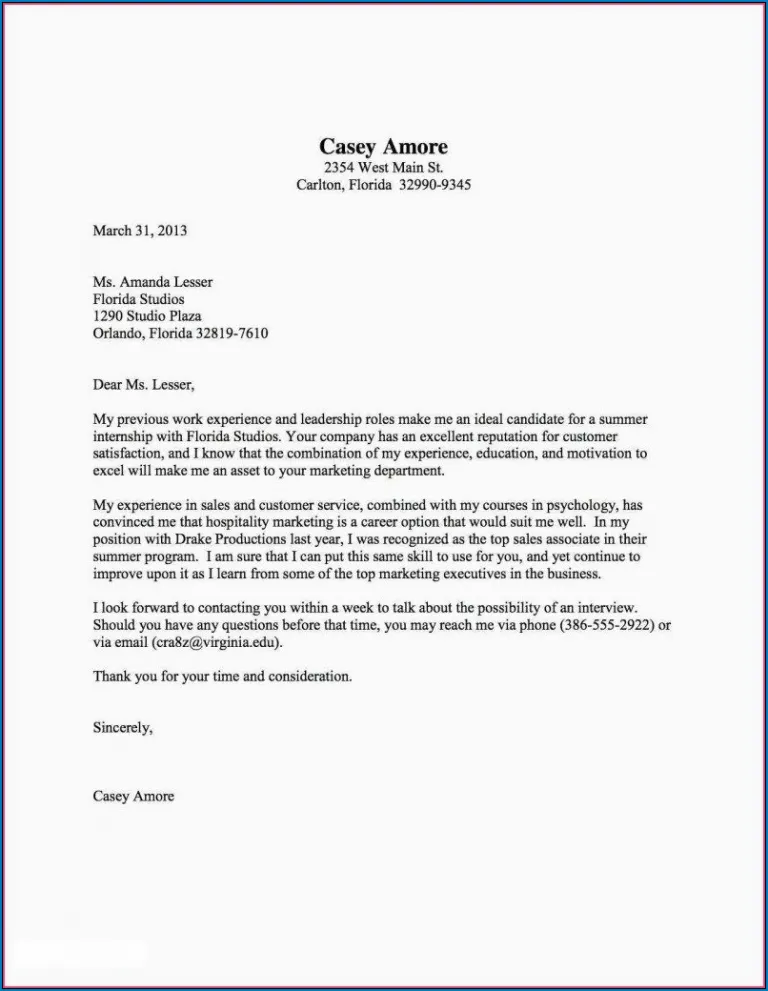
The third paragraph should express your enthusiasm for the role and the company. Explain why you are excited about this opportunity and what motivates you to apply. Research the company and mention specific aspects that appeal to you, such as their mission, values, or recent projects. Demonstrating your genuine interest can set you apart from other candidates and make a positive impression on the hiring manager. Make a compelling case as to why the role is your dream job.
The Closing: Call to Action
End your cover letter with a strong call to action. Thank the hiring manager for their time and consideration. Express your eagerness to discuss your qualifications further in an interview. Reiterate your contact information and availability for an interview. Close with a professional closing, such as “Sincerely” or “Best regards,” followed by your name. Make sure the call to action clearly indicates the next step you want the hiring manager to take.
Formatting Your Cover Letter
Font and Font Size Recommendations
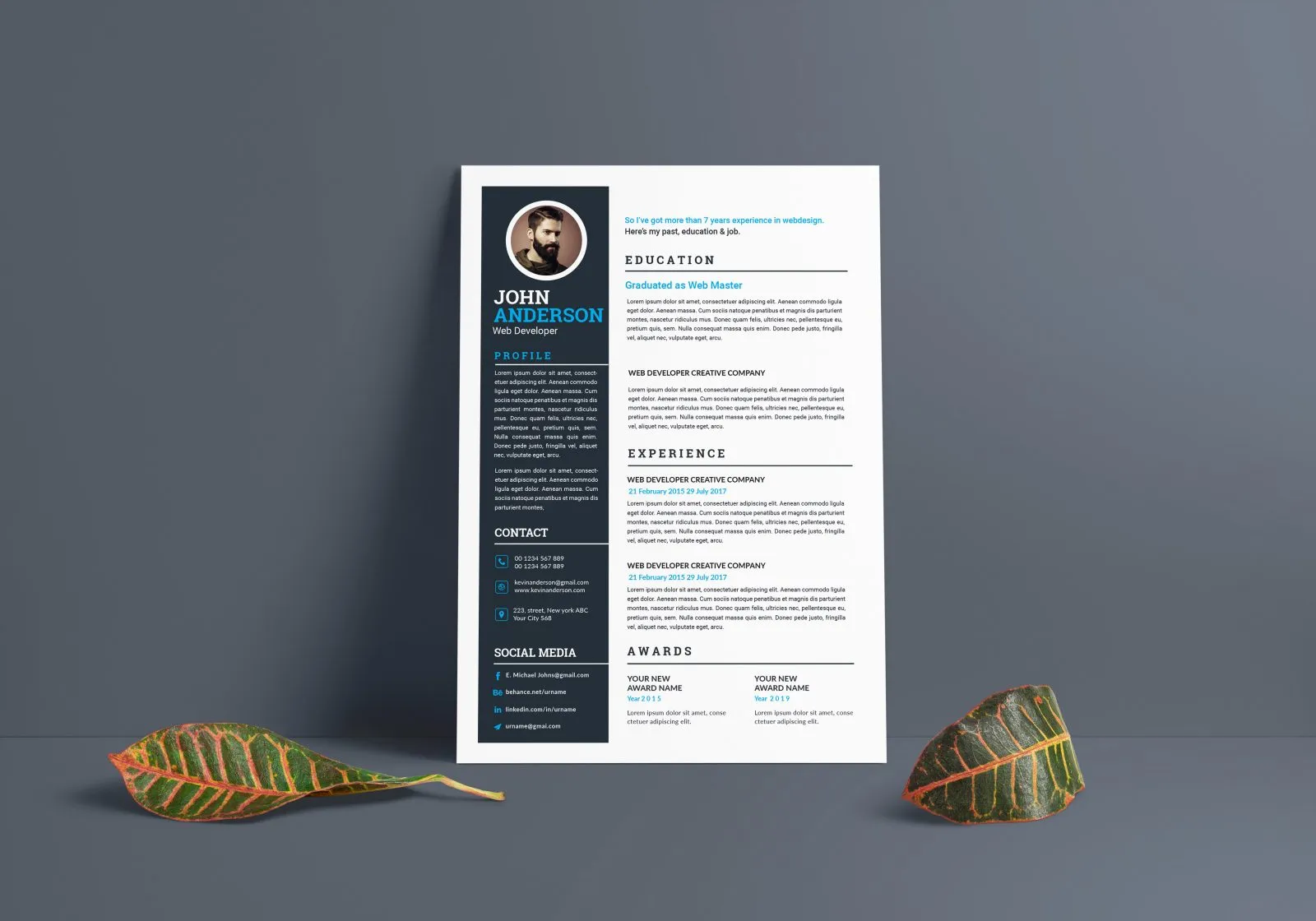
Choose a professional and easy-to-read font, such as Times New Roman, Arial, or Calibri. Use a font size between 10 and 12 points for the body of your letter. Ensure consistency in your font choice throughout the document. Avoid using overly decorative fonts, as they can distract from the content. Legibility is key, so the font and size should be easily readable by the hiring manager. The goal is to create a clean and professional look.
Margins and Spacing
Set your margins to 1 inch on all sides of the page. Use single spacing within paragraphs and double spacing between paragraphs. This formatting will make your cover letter visually appealing and easy to read. Properly formatted margins and spacing will make the document look organized. Avoid cramming too much text onto the page. Proper use of spacing improves readability.
Proofreading and Editing
Proofread your cover letter meticulously for any typos, grammatical errors, or punctuation mistakes. Use a spell checker, but also read the letter carefully yourself. Consider having a friend or family member review it as well, as a fresh pair of eyes can often catch errors you may have missed. Errors can damage your credibility and make a bad impression. Always double check your cover letter before submitting your application.
Cover Letter Examples
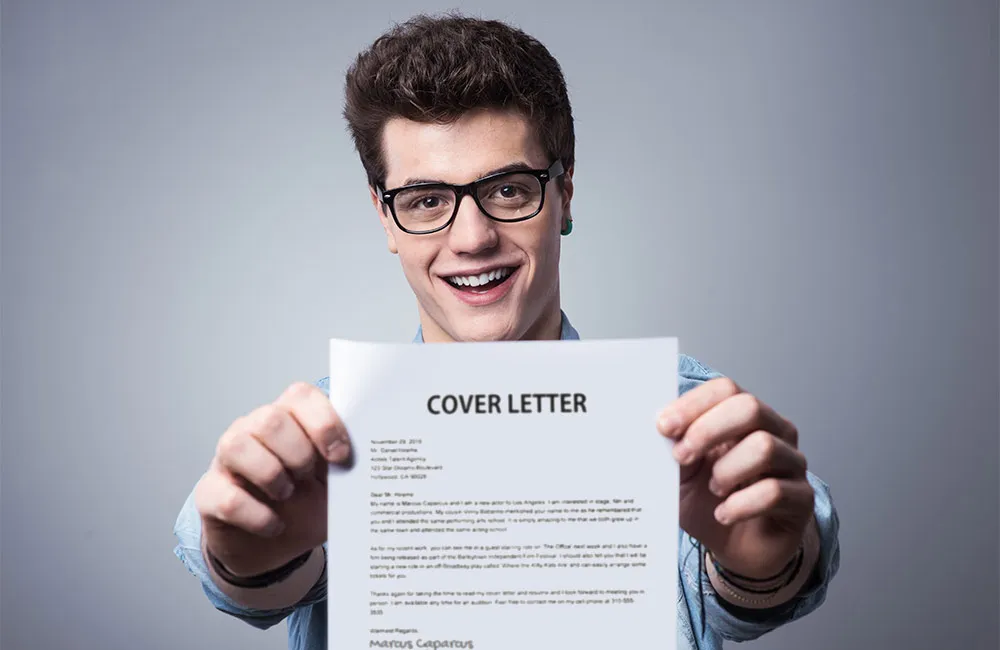
Example 1: For a Specific Job
Here’s an example of how to tailor your cover letter for a specific job. Begin with your contact information and the date. Address the hiring manager by name, if available. In the first paragraph, mention the specific job and where you saw the advertisement. In the second paragraph, highlight the skills and experience that align with the job description. In the third paragraph, express your enthusiasm for the role and the company. Conclude with a call to action, thanking the hiring manager and expressing your interest in an interview. Always refer to the job description when writing.
Example 2: For a General Application
For a general application, you’ll need to be more flexible. Start with your contact information and the date. Address the hiring manager with a general greeting. In the first paragraph, express your interest in working for the company. In the second paragraph, highlight your key skills and experience. In the third paragraph, demonstrate your enthusiasm for the company’s mission or values. Conclude with a call to action, expressing your interest in an interview and your willingness to discuss how you can contribute. Make sure the company values are reflected in your tone and language.
Common Cover Letter Mistakes
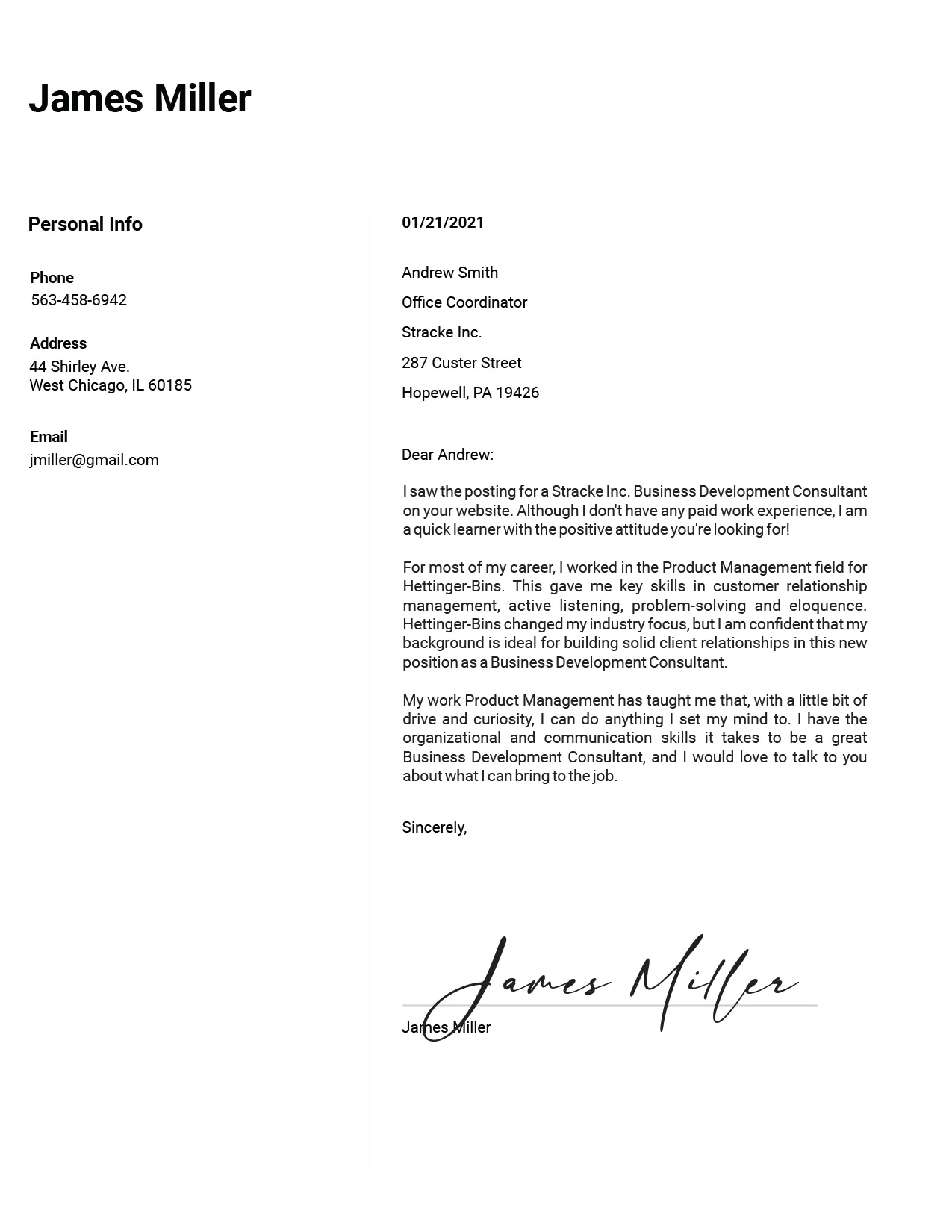
Ignoring the Job Description
One of the most common mistakes is failing to address the job description. Always tailor your cover letter to the specific requirements of the job. Highlight the skills and experiences that are most relevant to the role. Avoid using a generic cover letter that does not reflect the specific needs of the employer. This shows that you haven’t taken the time to understand the job and the company. Tailoring the cover letter is crucial to stand out.
Typos and Grammatical Errors
Typos and grammatical errors can damage your credibility and make a negative impression. Always proofread your cover letter carefully before submitting it. Use a spell checker and consider having a friend or family member review it. Errors show a lack of attention to detail and professionalism. Always double check your work for accuracy and clarity.
Generic Content
Avoid using generic content that could apply to any job. Tailor your cover letter to the specific role and company. Highlight your unique skills and experiences, and explain why you are a good fit for the job. Show enthusiasm and demonstrate that you have done your research on the company. Use your cover letter to stand out from other applicants and convey why you deserve this job. Generic content won’t get you noticed.
Cover Letter Best Practices
To write a stellar cover letter, follow these best practices. Tailor your cover letter to each job application. Highlight your most relevant skills and experiences. Show enthusiasm for the role and the company. Proofread carefully for any errors. Use a professional tone and format. Keep it concise and easy to read. A well-written cover letter can significantly increase your chances of landing an interview and getting the job of your dreams. By following these guidelines, you can create a cover letter that works and helps you succeed in your job search.
